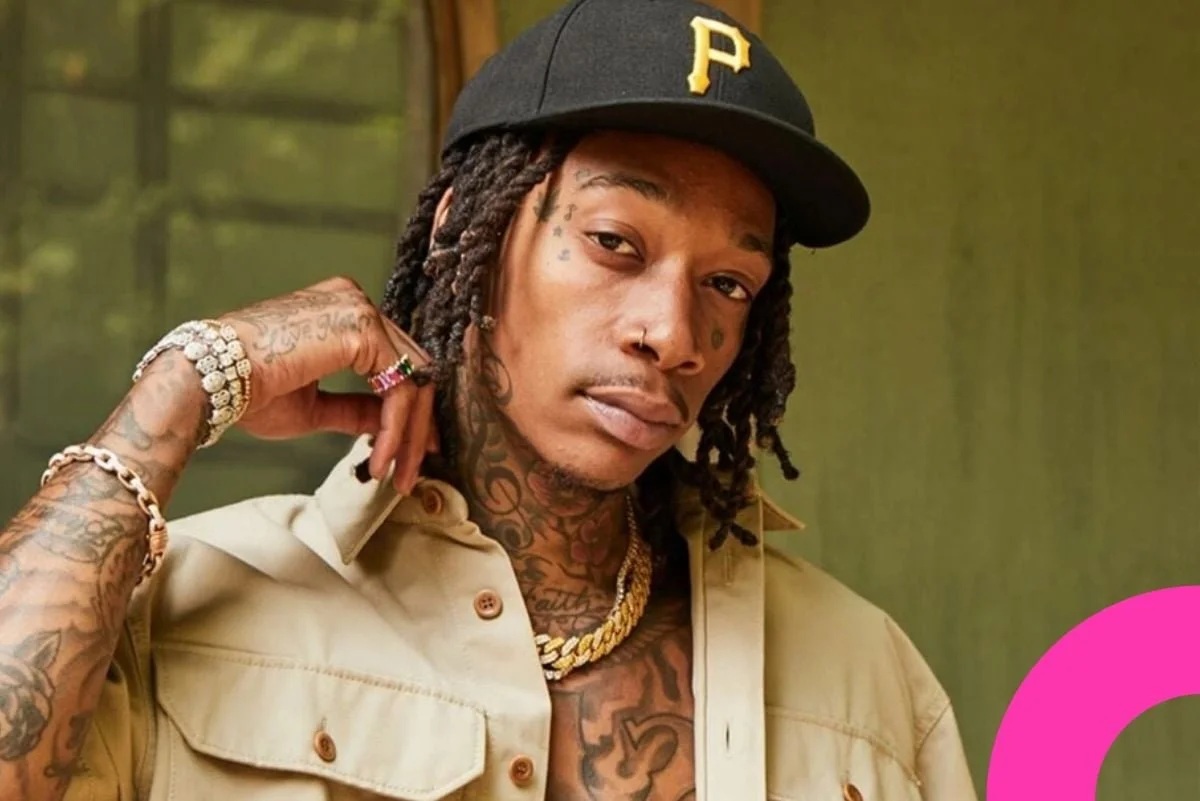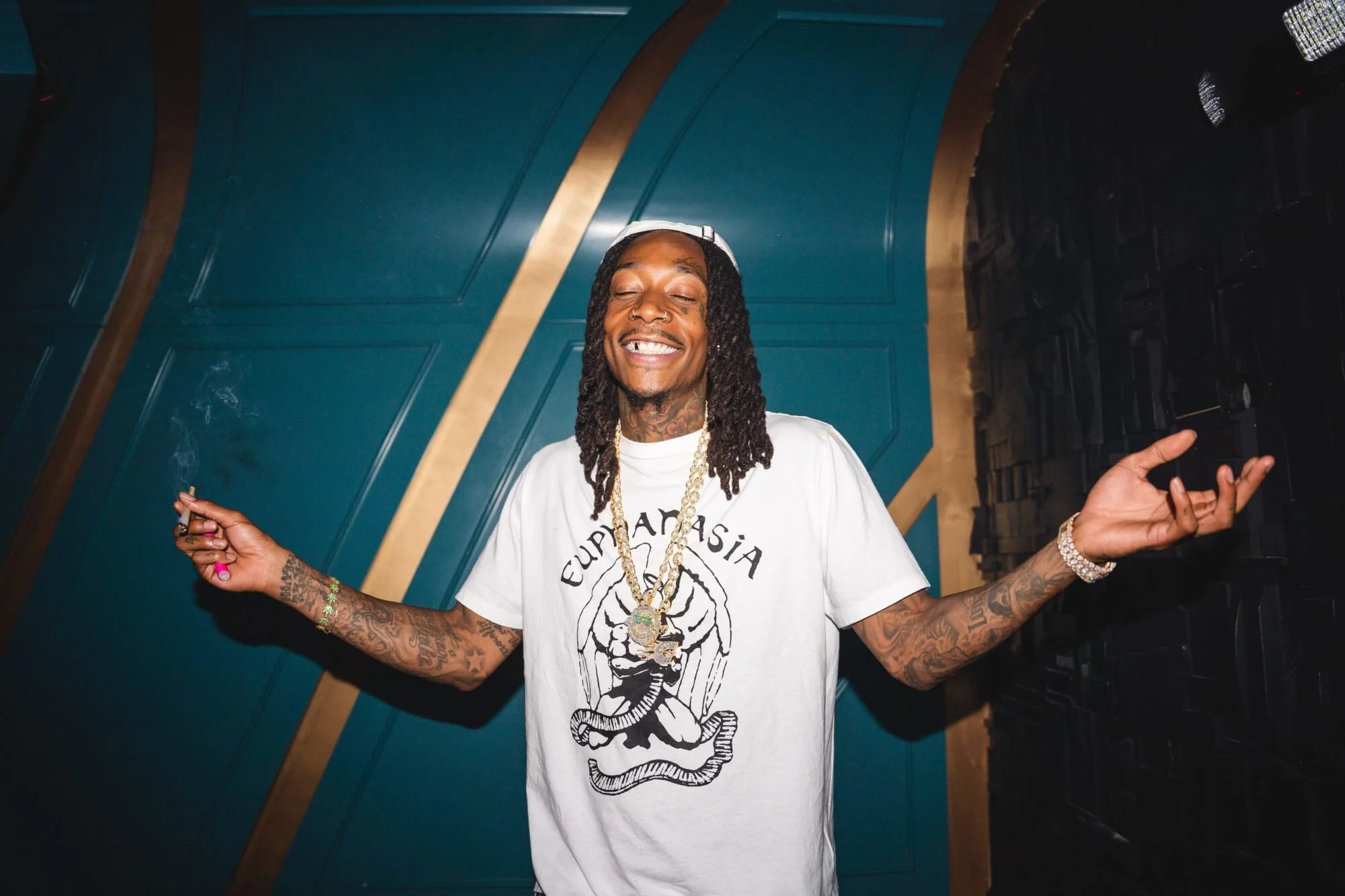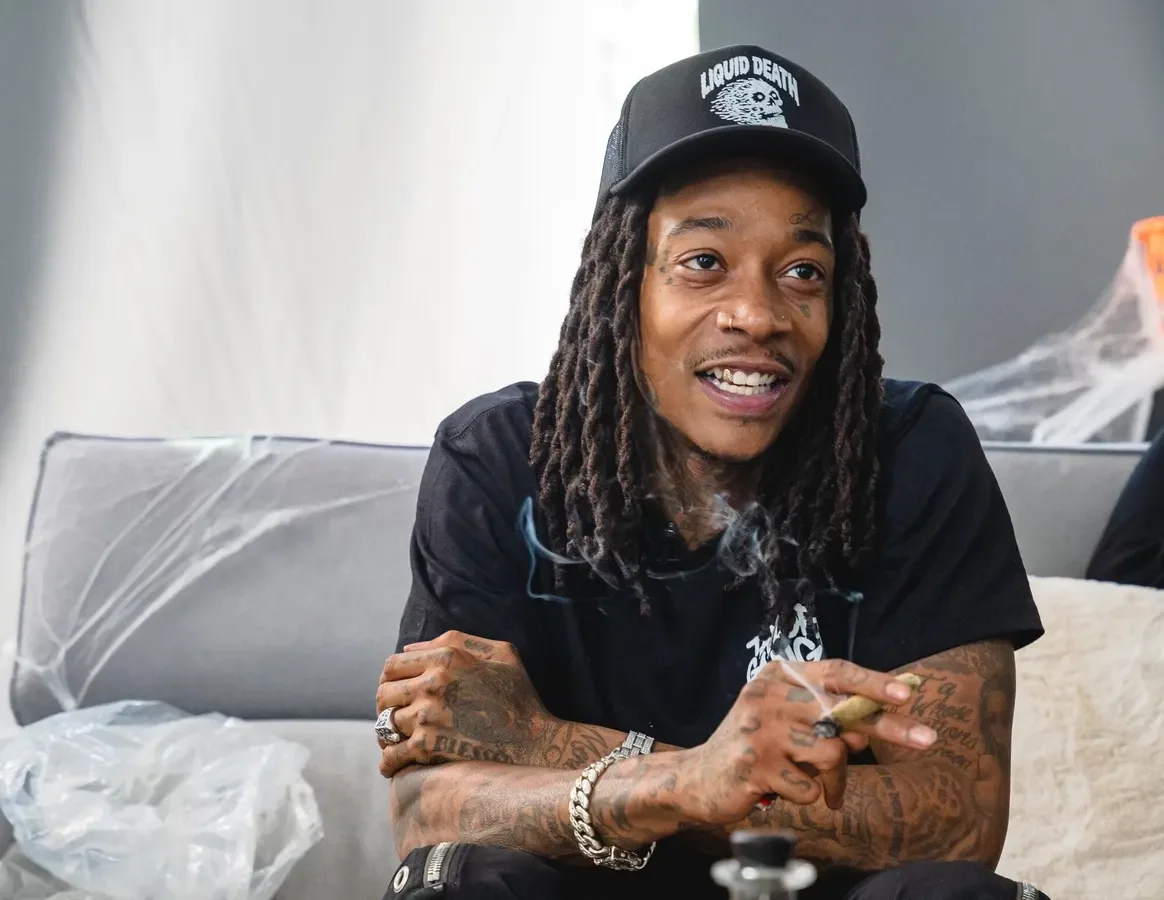Khalifa: Built by the Internet
Source : Kbizoom
In the heart of Pittsburgh, Pennsylvania, a young artist rose from local fame to international stardom. His name is Wiz Khalifa. Wiz has been at the forefront of the hip-hop scene for years, but some people, especially younger fans may not know how he earned his place in the rap game. Yes, he’s released major records and appeared on the big screen, but what truly propelled him to the next level was his unique marketing strategy, especially his DayToday series on YouTube. Launched in 2009, the series offered an unfiltered, behind-the-scenes look into Wiz’s daily life from studio sessions to tour moments. It reshaped how hip-hop artists engaged with fans and built personal brands. By showing his laid-back, weed-friendly lifestyle alongside his creative process, Wiz humanized himself and cultivated a deeply loyal fan base. His approach influenced an entire generation of artists to embrace vlogging, social media, and authenticity as core parts of their brand identity.
Today, I’ll be covering the career of Wiz Khalifa and how he became a pivotal artist during the mixtape era, using the power of the internet to catapult himself into superstardom. Wiz Khalifa was born Cameron Jibril Thomaz on September 8, 1987, in Minot, North Dakota, to parents serving in the military. His parents divorced when he was three years old, and he described himself as a “military brat,” moving frequently during his childhood. He lived in Germany, the United Kingdom, and Japan before eventually settling in Pittsburgh, Pennsylvania. He attended Taylor Allderdice High School, a place that would later become part of his musical identity.Soon after moving to Pittsburgh, Khalifa began diving into hip-hop, writing and performing his own songs. His stage name comes from the Arabic word Khalifa, meaning “successor,” and “Wiz,” short for “wisdom.” He once explained that his grandfather, who was Muslim, gave him the name because he believed it matched what Wiz was destined to do with his music. Wiz later tattooed his stage name on his 17th birthday.
Wiz wasted no time starting his rap career. At just 15, he began recording music at a local studio called ID Labs. Impressed by his talent, studio owner Eric Dan known as E. Dan offered him an internship in exchange for studio time. A veteran of the Pittsburgh hip-hop scene, Dan helped mentor and develop Wiz early in his career. Around 2004, Benjy Grinberg, president of the Pittsburgh-based label Rostrum Records, heard Wiz on a local compilation mixtape featuring Pittsburgh artists. Wiz stood out immediately. When Grinberg met him in person at age 16, he saw enormous potential, later saying that Wiz was a “diamond in the rough” who just needed polishing, guidance, and support. Wiz soon signed with Rostrum Records and began a seven-year period of artist development. In 2005, Wiz released his first mixtape, Prince of the City: Welcome to Pistolvania. Young and ambitious, he initially assumed the project would instantly unite the entire city behind him but that wasn’t the case. Still, he didn’t stop. In 2006, he released his first full-length studio album, Show and Prove, which gained industry attention and earned him recognition as an “Artist to Watch” in Rolling Stone. After building momentum from the album, Wiz signed a distribution deal with Warner Bros. Records. He then released two mixtapes through Rostrum Grow Season and Prince of the City 2 further establishing himself within the mixtape circuit.
Source :Raggae Rise Hop
This is where Wiz really began to develop his signature style. He debuted his iconic “P-chain,” started collecting more tattoos, and openly smoked large amounts of weed on camera. At that time, very few artists were comfortable showing that side of themselves publicly, and tattoos were nowhere near as common in hip-hop as they are today. This willingness to show his authentic lifestyle made Wiz stand out. To generate buzz around his debut release with Warner, Wiz needed to prove he could produce a hit single. That’s when he and Rostrum dropped “Say Yeah.” Many people remember the song from MTV rotations at the time. It charted on Billboard and gave him some global visibility, but Warner still didn’t feel confident enough in the traction to release his full project. Wiz, however, didn’t slow down. He kept releasing music, including the mixtapes Star Power in late 2008 and Flight School in April 2009. Flight School would become a pivotal project Wiz connected with rapper Curren$y after reaching out to him on MySpace. They quickly realized how much they had in common, and Wiz spent the summer in New Orleans, sleeping on Curren$y’s couch while they worked on a collaborative project. That project became How Fly, released in August 2009. On it, Wiz experimented with a more melodic style, switching between singing and rapping a direction becoming more popular after Drake’s So Far Gone.
Despite his consistent output, Warner still didn’t see enough traction to green-light his debut album. After multiple delays, Wiz officially parted ways with Warner in July 2009. Rostrum president Benjy Grinberg issued a statement saying that the split was the best decision for both parties and that they were excited to be independent again. This was a critical turning point in Wiz’s career. He had just left a major label and was still struggling to break into the mainstream. But Wiz had one major advantage that few artists at the time fully understood: the internet was changing everything. Platforms like Twitter, MySpace, and YouTube were still new, and Wiz used them better than anyone. He took time to respond to fans one-on-one, replied to comments, encouraged engagement, and invited fans to follow him across every platform. This level of direct connection was unheard of in hip-hop at the time. Wiz became part of a new wave of rappers who used the internet as their primary engine for growth, shifting the game for future generations.
His smartest move came when he launched his DayToday series on YouTube. On March 28, 2009, he uploaded the first episode. The name was a double entendre showing both his day-to-day life and documenting his daily grind as an artist. These videos were among the earliest vlogs in hip-hop, giving fans an intimate, personal look at his personality, shows, and creative process. Fans loved it, and it became a critical part of his rise to stardom. Coming off How Fly and newly independent, Wiz’s output skyrocketed. He released mixtape after mixtape, including Burn After Rolling, followed by his second studio album Deal or No Deal, both in 2009. His buzz grew rapidly on mixtape sites like DatPiff and on hip-hop blogs. He began gaining recognition from major publications like XXL, landing in one of the most iconic XXL Freshman classes of all time alongside Nipsey Hussle, J. Cole, Freddie Gibbs, and Big Sean. He was named 2010 Rookie of the Year by The Source and began a 20-day Deal or No Deal Tour with rapper Yelawolf.
But the release that truly launched Wiz into superstardom came next. On April 14, 2010, he dropped his classic mixtape Kush & Orange Juice through Rostrum Records. The project exploded online, becoming the number-one trending topic on Twitter and topping Google’s hot search trends. Wiz explained that he chose the title because it was “perfect for wake and bake.” The mixtape’s cover art paid homage to David Ruffin’s 1980 album Gentleman Ruffin, and its content revolved around partying, women, and marijuana an aesthetic that soon became central to Wiz’s brand. After Kush & Orange Juice, Wiz began selling out venues, winning Best New Artist awards, and earning respect from rappers across the industry. With a huge wave of momentum behind him, he began working on his next album and weighing label options. On July 30, 2010, Wiz confirmed that he had signed a major-label deal with Atlantic Records.
Source : Forbes
Now fully prepared for a mainstream breakthrough, Wiz released the lead single “Black and Yellow” on September 14, 2010 an anthem celebrating Pittsburgh’s iconic team colors. It became a massive hit and marked the beginning of his rise to global superstardom. The song would go on to peak at number one on the Billboard Hot 100, becoming Wiz Khalifa’s first No. 1 single in the United States. Over the next year, the track continued to grow in popularity, inspiring countless remixes, parodies, and fan-made versions. During Super Bowl XLV in 2011featuring the Green Bay Packers and Wiz’s hometown Pittsburgh Steelers “Black and Yellow” became an unofficial theme song for the Steelers. Even the Packers adopted the moment by using Lil Wayne’s remix, “Green and Yellow,” as their own anthem. The massive success of “Black and Yellow” earned Wiz his first Grammy nominations for Best Rap Song and Best Rap Performance. Soon after, he released his debut major-label album, Rolling Papers, in March 2011, selling roughly 200,000 copies in its first week.
You might think that after so much momentum, Wiz would simply drop the album without any surprises but instead, he made an unexpected move by releasing the mixtape Cabin Fever just weeks before Rolling Papers. The strategy paid off. Fans still consider Cabin Fever one of his best works, and the release helped build even more anticipation for the album. Since then, Wiz Khalifa has had an incredible career arc, dropping hit records, releasing successful albums, appearing in films, and even creating his own strain of weed. Throughout all these accomplishments, he has continued to sell out shows and remains highly relevant in the music world today.
Favorite Wiz song - “The Plan” uses a plane as a metaphor to talk about themes of fame, high living, and travel. The title likely refers to a plane journey and the rapper's career, which takes him to different places and is filled with the highs and lows of success.



